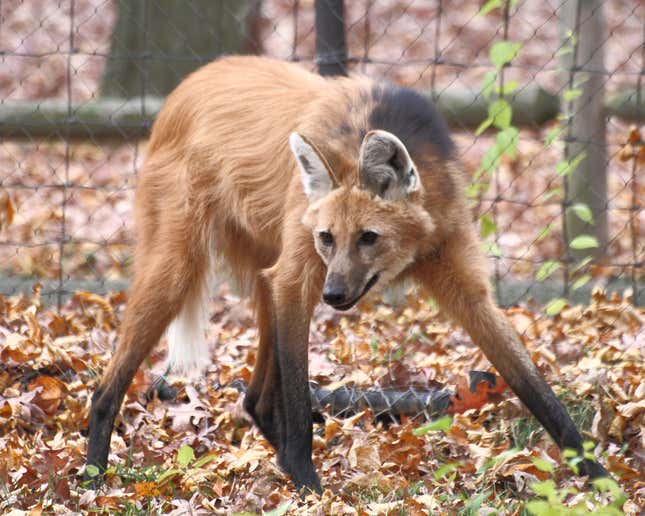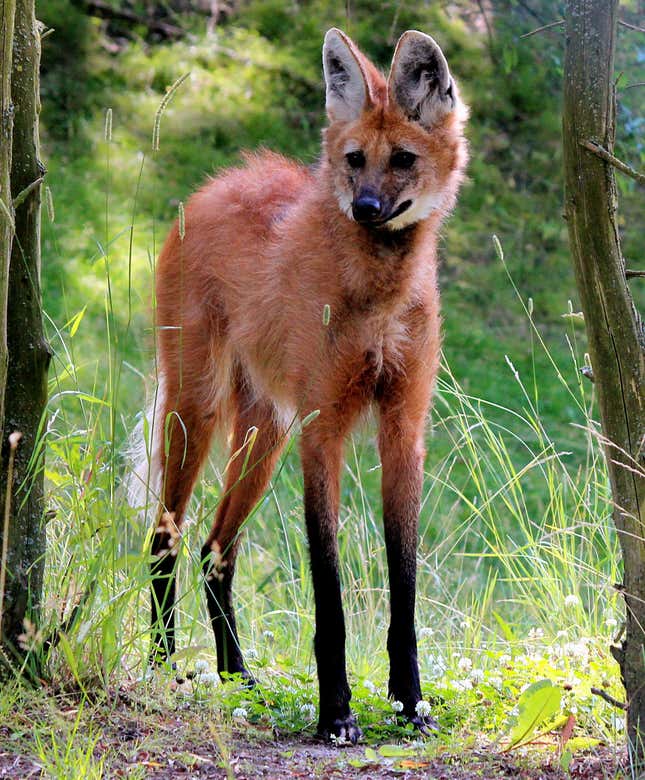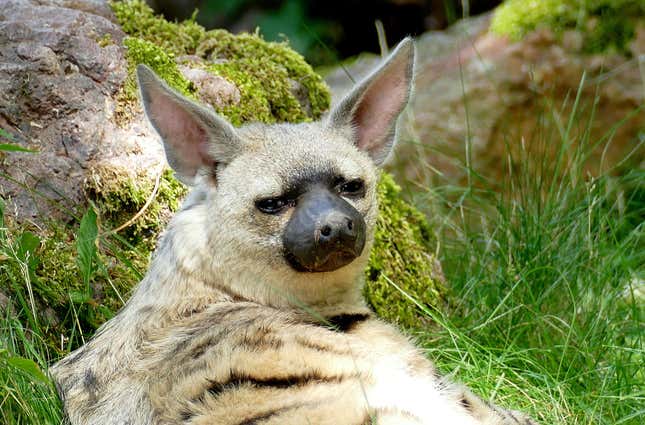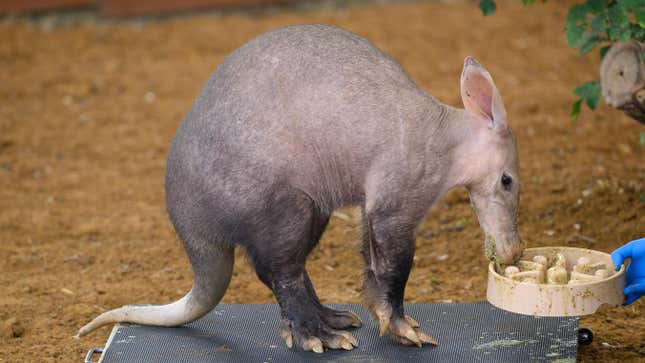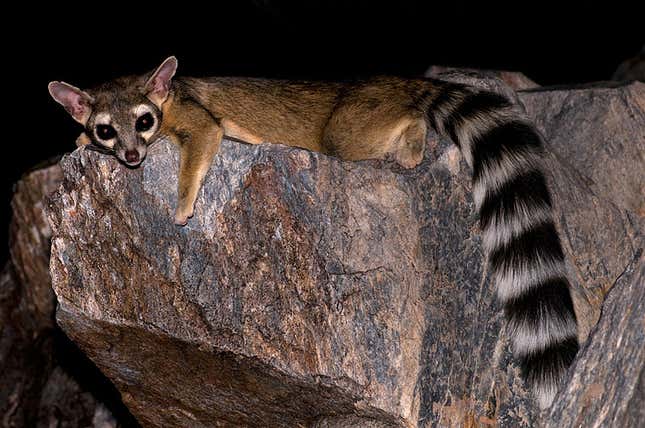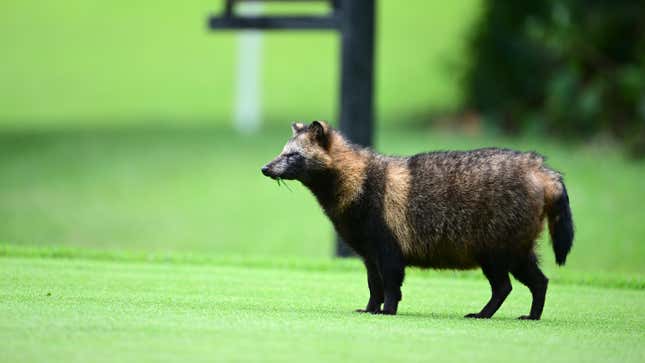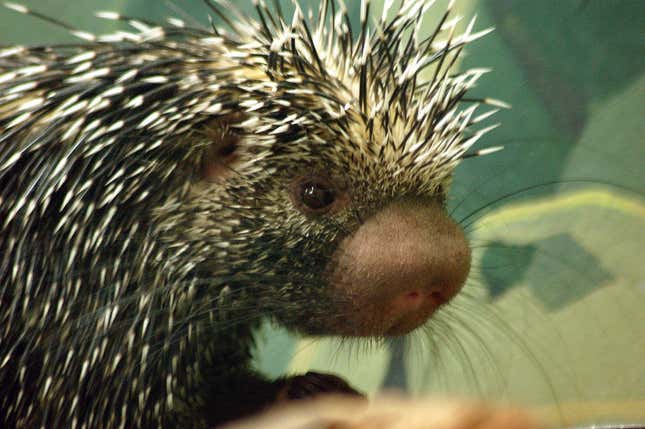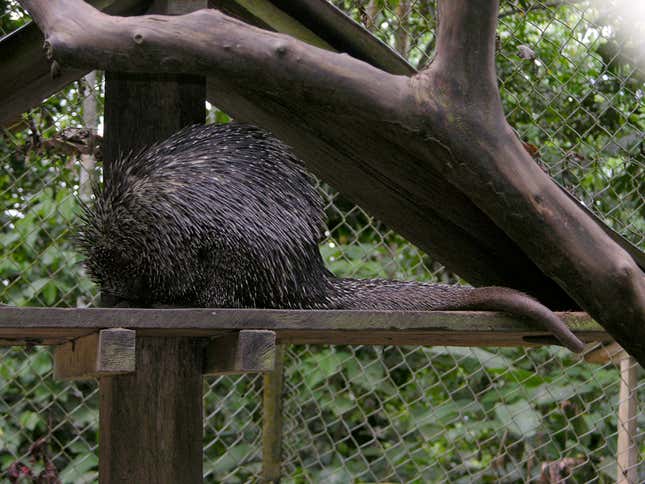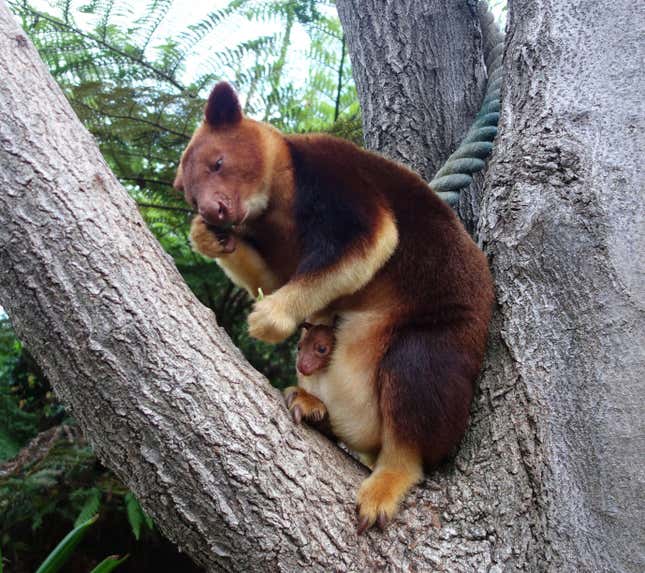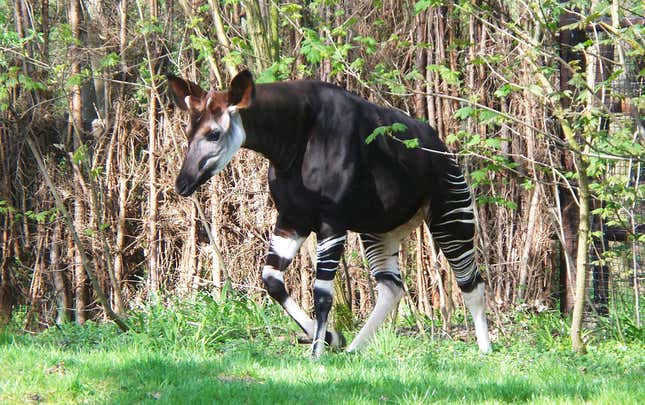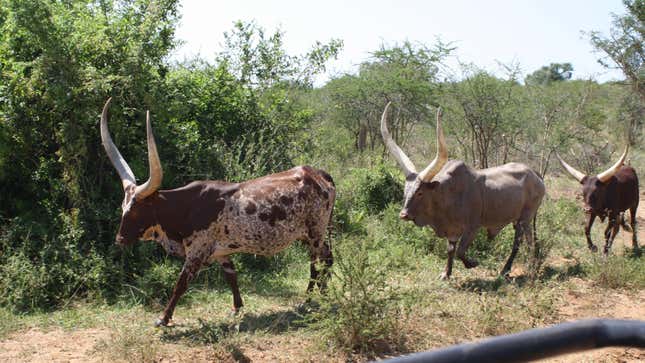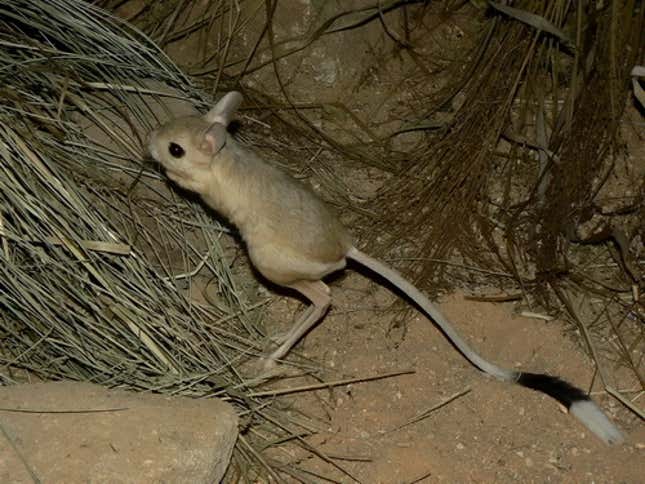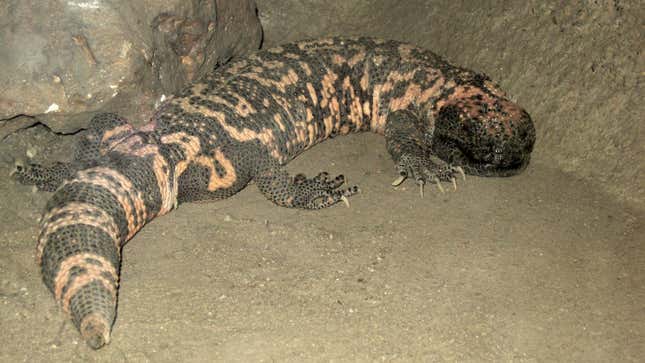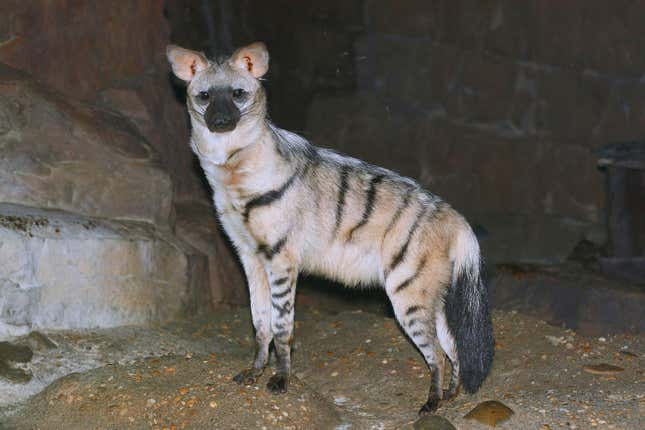
Evolution prioritizes adaptations that help organisms survive, but no one said that fitting your ecological niche was going to be particularly pretty.
A house sparrow is small and mottled brown to blend in with its typical woodland habitat. A ringtail looks like a cat mated with a squirrel and let a raccoon raise the babies, for adaptive reasons we can only guess at.
This is the wacky world of natural selection, and today we present 12 species that look quite bizarre—but whose unique design has allowed them to persist.
